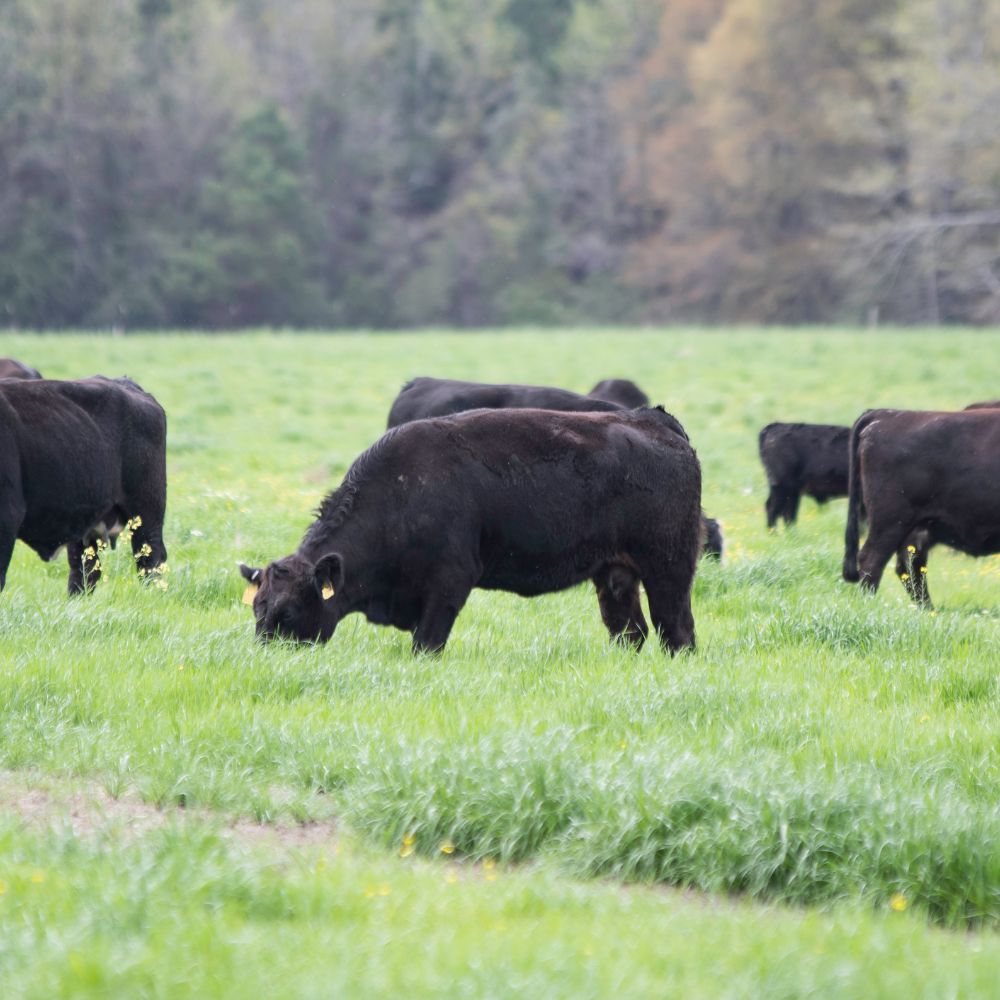The Main Principles Of Bagley Risk Management
The Main Principles Of Bagley Risk Management
Blog Article
Fascination About Bagley Risk Management
Table of ContentsLittle Known Facts About Bagley Risk Management.Get This Report on Bagley Risk Management3 Simple Techniques For Bagley Risk ManagementBagley Risk Management for Dummies5 Easy Facts About Bagley Risk Management Explained10 Easy Facts About Bagley Risk Management Shown
When your contract reaches its end date, the final rate is determined making use of the CME Feeder Livestock Index. This is based on sale barns throughout the Midwest (not just your regional market). If the index falls below your contract's insurance coverage rate, you may be paid the distinction. Rate Modification Factors will use.Livestock Threat Defense (LRP) is a USDA subsidized insurance coverage program that helps safeguard manufacturers from the dangers that come from market volatility. With LRP, manufacturers have the ability to insure a flooring price for their livestock and are paid an indemnity if the market value is less than the insured cost.
This item is planned for. Livestock insurance.
An Unbiased View of Bagley Risk Management

In the last number of months, several people at FVC and PCM have obtained questions from manufacturers on which danger monitoring tool, LRP vs. Futures, is much better for a pork producer? Like many tools, the response depends on your procedure's objectives and scenario. For this version of the Dr.'s Edge, we will examine the circumstances that tend to favor the LRP tool.
In Mike's analysis, he contrasted the LRP estimation versus the future's market close for every day of the previous two decades! The portion shared for each and every month of the offered year in the first section of the table is the portion of days because month in which the LRP calculation is less than the futures close or simply put, the LRP would potentially compensate greater than the futures market - https://andrewbagley62685.wixsite.com/bagleyriskmng. (National livestock insurance)
As an example, in January 2021, all the days of that month had LRP potentially paying greater than the futures market. Conversely, in September 2021, all the days of that month had the futures market possibly paying even more than LRP (no days had LRP lower than futures close). The tendency that dawns from Mike's evaluation is that a SCE of a LRP has a higher chance of paying more versus futures in the months of December to May while the futures market has a higher possibility of paying more in the months of June to November.
The 6-Minute Rule for Bagley Risk Management

50 or $5. 00). As an example, in 2019, LRP was much better or within a $1. 25 of the futures market over 90% see it here of the days in all the months other than June and August. Table 2 shows the average basis of the SCE LRP calculations versus the future's close for the provided amount of time annually.
Again, this information supports extra likelihood of an SCE of a LRP being far better than futures in December with May for most years. As a typical caution with all analysis, previous efficiency is NO assurance of future efficiency! Also, it is necessary that manufacturers have accounting protocols in location so they understand their expense of manufacturing and can much better identify when to utilize danger administration devices.
The smart Trick of Bagley Risk Management That Nobody is Talking About
Some on-farm feeders may be pondering the demand for price protection at this time of year on calves kept with the intent to feed them to a finish weight at some time in 2022, utilizing offered feed sources. Regardless of solid fed cattle prices in the current neighborhood market, feed costs and current feeder calf worths still make for tight feeding margins progressing.
23 per cwt. The current typical auction price for 500-600 pound guides in Nebraska is $176 per cwt. This suggests a break-even price of $127. 57 for the 1,400-pound steer in July of 2022. The June and August live livestock contracts on the CME are presently trading for $135. 58 and $134.
Cattle-feeding business have a tendency to have tight margins, like many agricultural business, due to the competitive nature of the organization. Livestock feeders can bid a lot more for inputs when fed cattle costs increase. https://www.reddit.com/user/bagleyriskmng/. This boosts the cost for feeder cattle, specifically, and somewhat raises the rates for feed and other inputs
Bagley Risk Management - Truths
Regions much from major processing facilities often tend to have a negative basis. It is very important to keep in mind that regional results additionally influence basis worths for 500-600 pound steers in the autumn. As an example, Nebraska livestock are close to major processing facilities. Consequently, basis declares or no on fed livestock across much of the state.
Only in 2020 did the LRP insurance coverage price go beyond the ending worth by enough to cover the premium cost. The net effect of having this LRP protection in 2019-20 was substantial, adding $17.
37 The manufacturer costs decreases at reduced insurance coverage degrees yet so does the insurance coverage cost. Due to the fact that producer costs are so reduced at lower protection degrees, the producer loss proportions (indemnity/premium) increase as the insurance coverage level declines.
Not known Facts About Bagley Risk Management
In basic, a manufacturer must take a look at LRP insurance coverage as a system to secure output cost and subsequent revenue margins from a threat management viewpoint. Some producers make a situation for insuring at the lower levels of protection by concentrating on the decision as an investment in danger management security.

Report this page